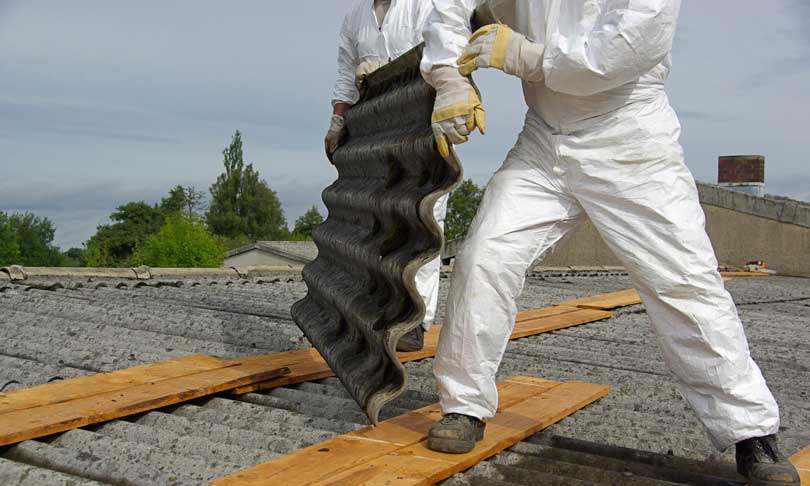
Risk of Exposure
It is possible that homeowners are exposed to PCBs without being aware. Office workers could also be at risk because of lingering sources of PCBs. The other most common sources of PCBs, today, include:
- Some foods may have PCBs, such as fish that swam in contaminated waters. Typically, the fish at the top of the food chain have levels as high as the bottom feeders.
- Indoor air in older buildings, such as homes, offices, and schools with fluorescent fixtures that still contain transformers or ballasts with PCBs. The air is safe until one of those ballasts fails.
- Surface soils may contain the chemicals, posing the risk that contamination will spread to water or wildlife
- Water, both drinking and ground, may be a source of contamination, although it is rare for them to be in ground water because the chemicals are not water soluble. Submersible pumps may be the source of contamination in drinking water as older pumps may have PCBs in their composition.
- The workplace is the place most likely to cause contamination to humans. First responders can be exposed to PCB exposure when they respond to electrical system fires or to hazardous waste accidents.
What Are the Risks Associated with PCBs?
Children of all ages who have been exposed to high levels of PCBs may show signs of developmental delays or cognitive deficits. Exposure may occur during pregnancy if the mother ate contaminated fish during the six years before pregnancy and during pregnancy. These effects might include:
- Low birth weight and deficits in weight gain
- Smaller head circumference
- Premature birth
- Depressed responsiveness
- Impaired visual recognition
- Ongoing learning disabilities
Adult symptoms may include damaged reproductive systems or cancer.
Where to Get Help
Because of the risks involved with PCB exposure, it is important to contact professionals who are trained and qualified to remove PCBs. These professionals will remove any hazardous materials and dispose of them appropriately to prevent further contamination. If you suspect the presence of PCBs, contact AQHI Inc for safe removal of the chemical.










